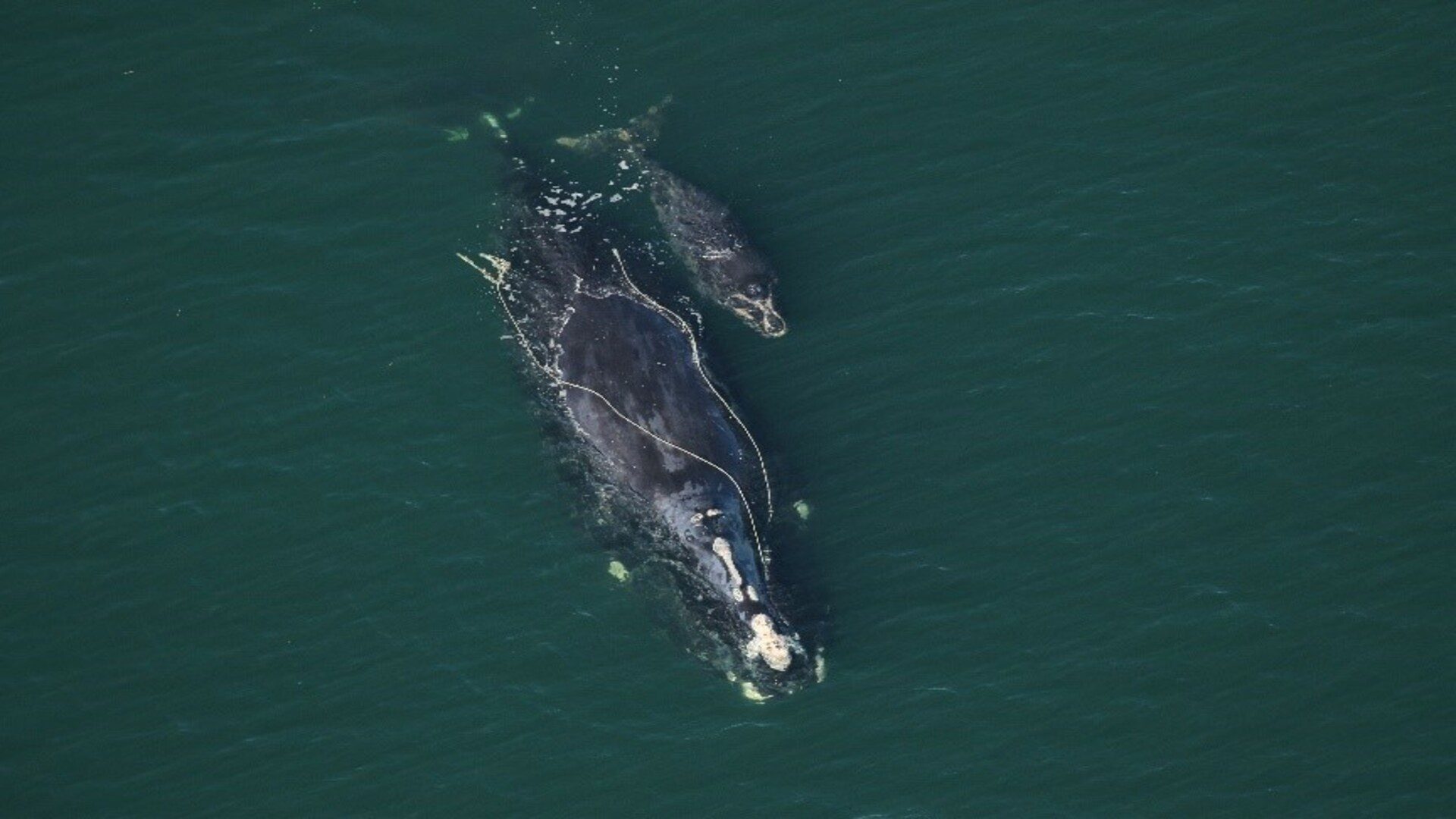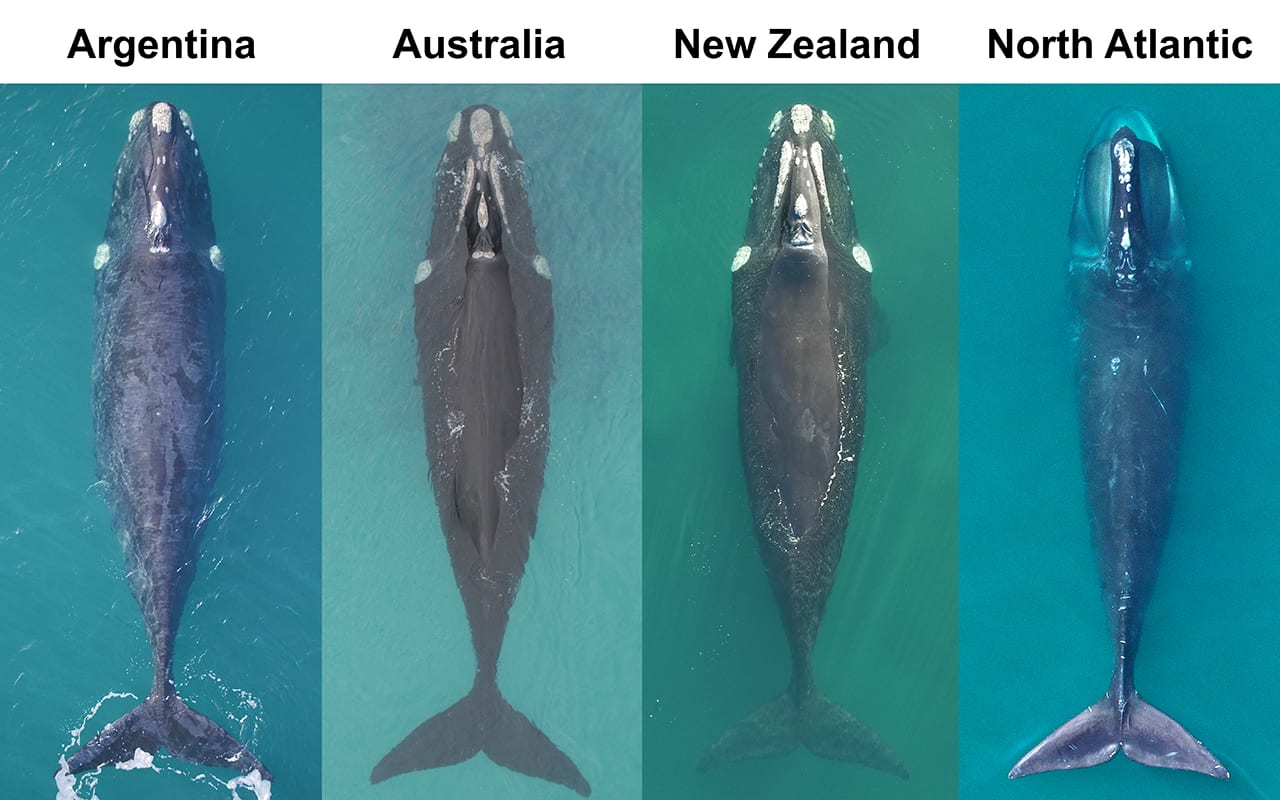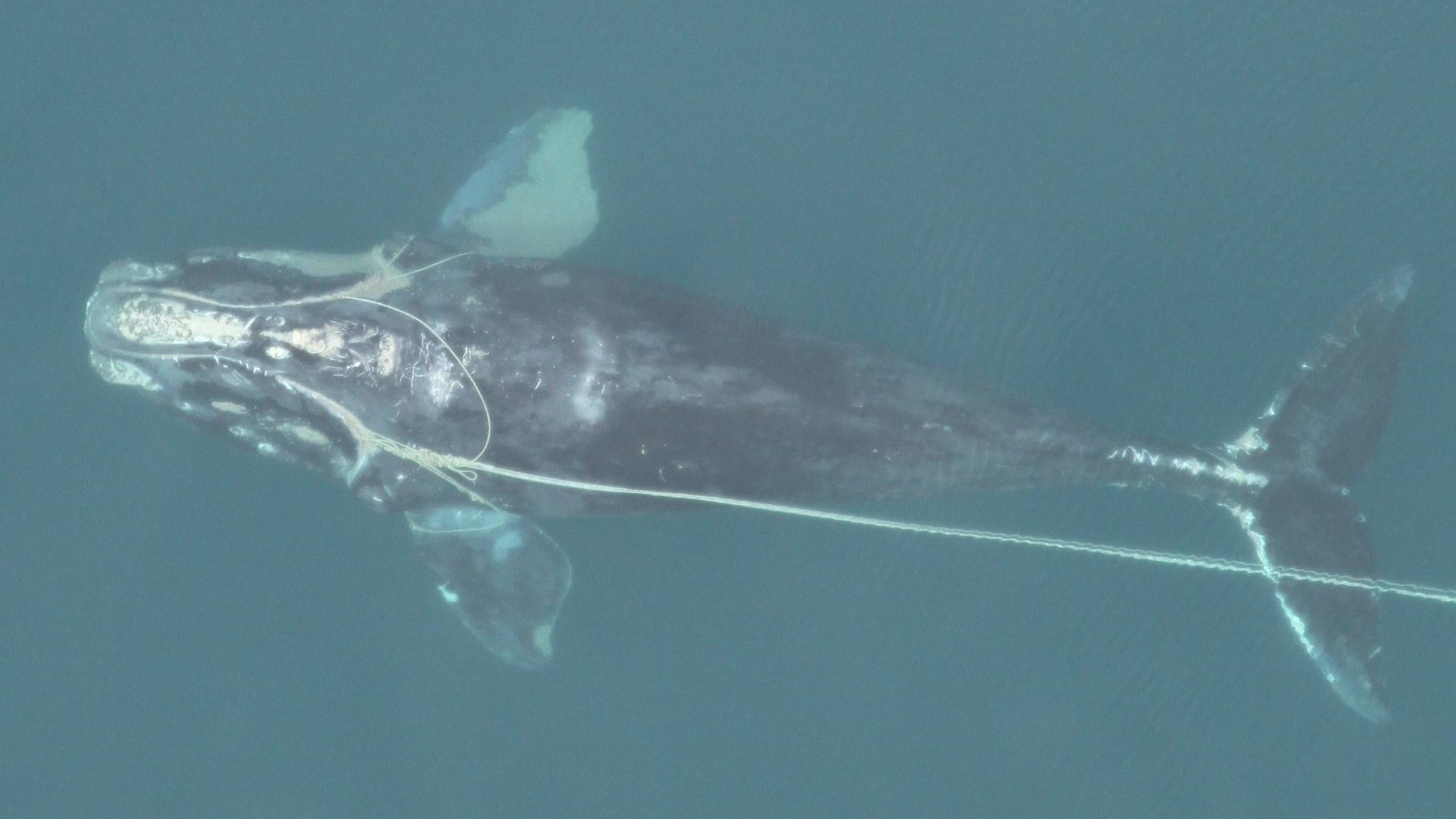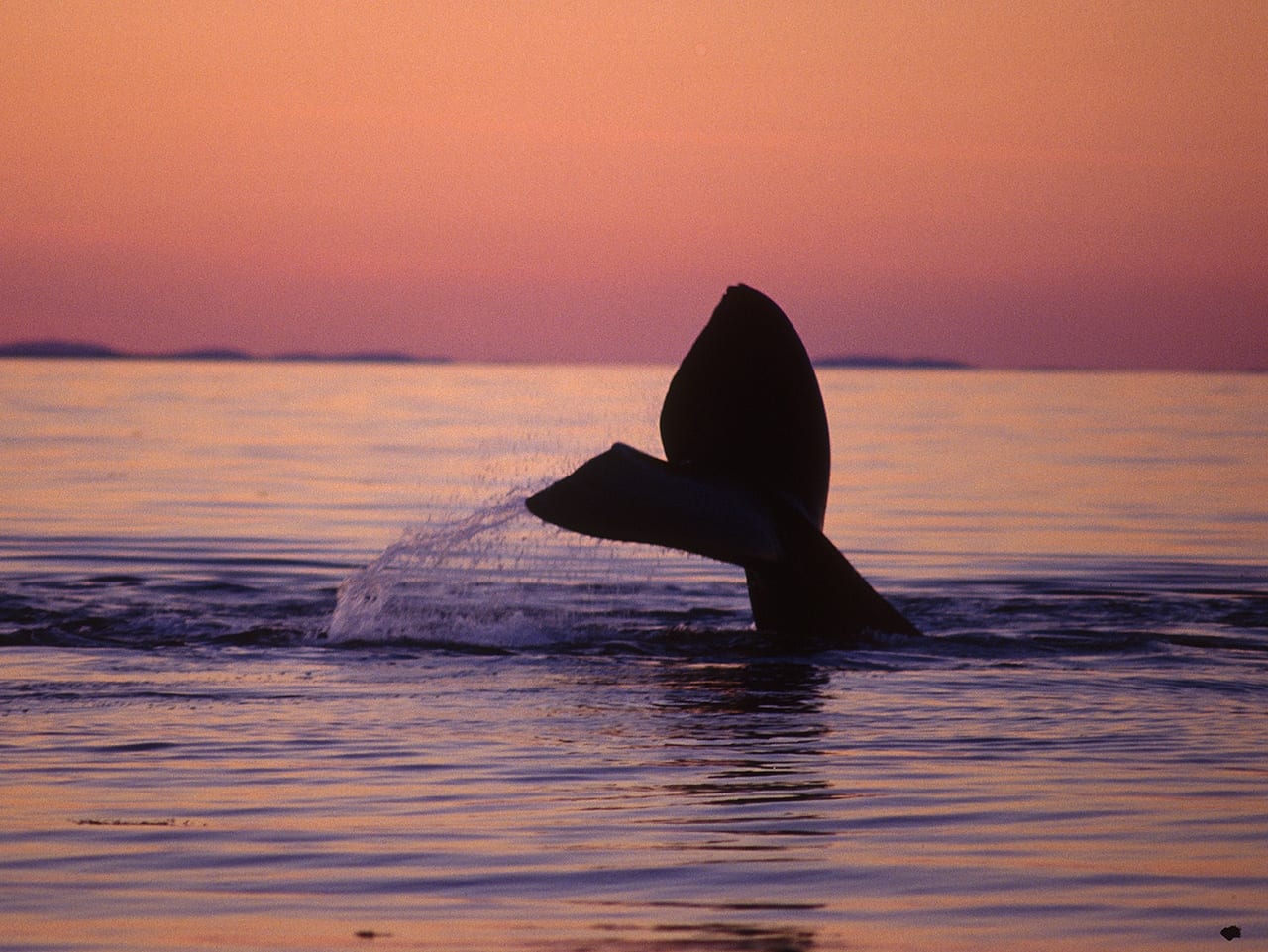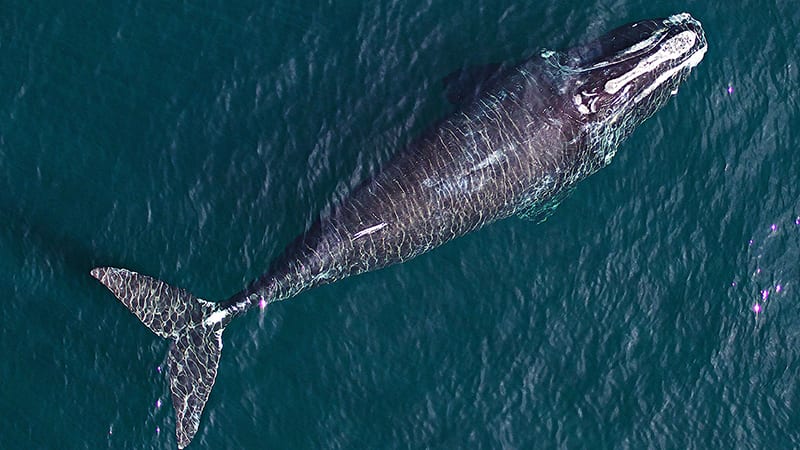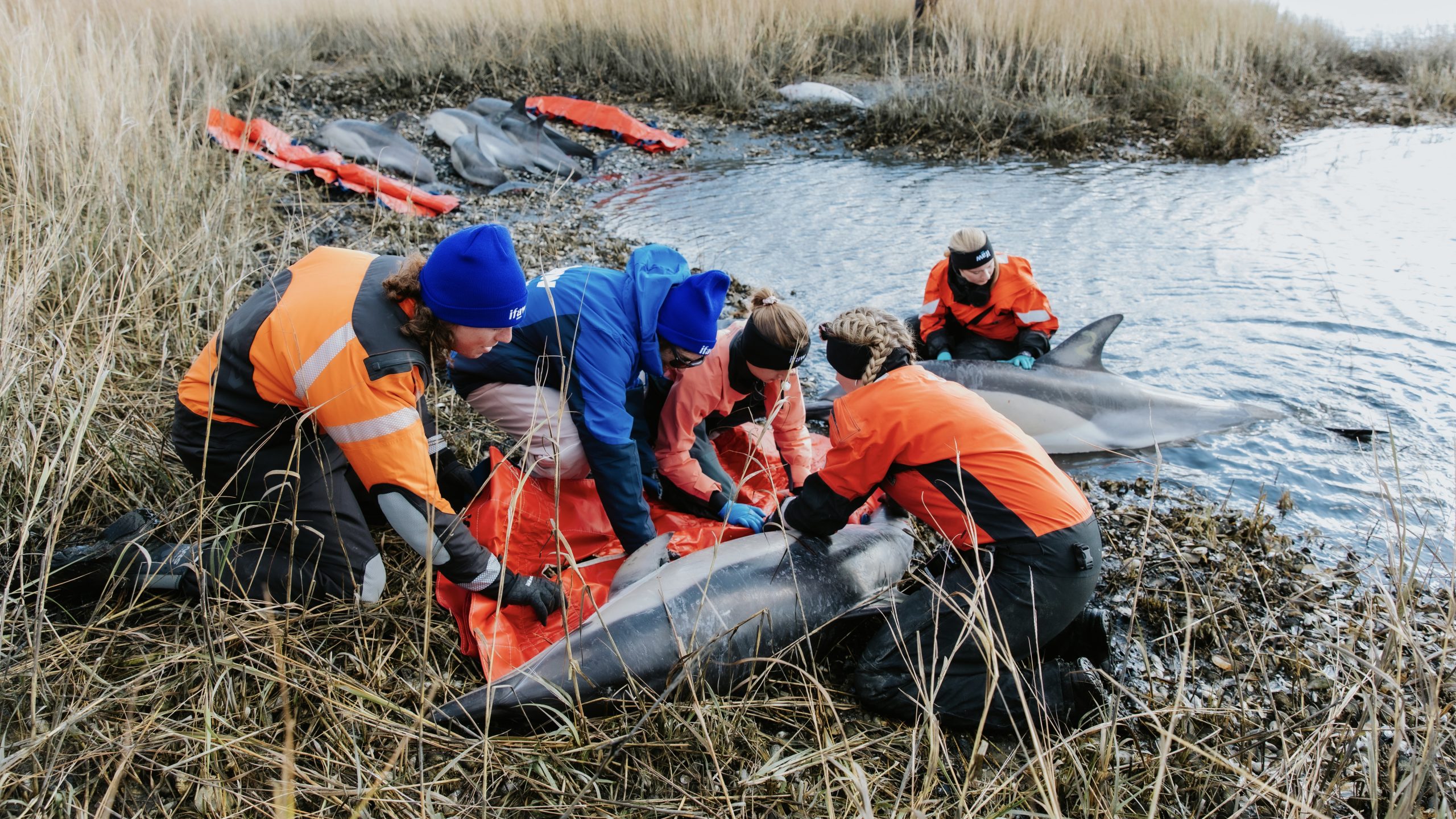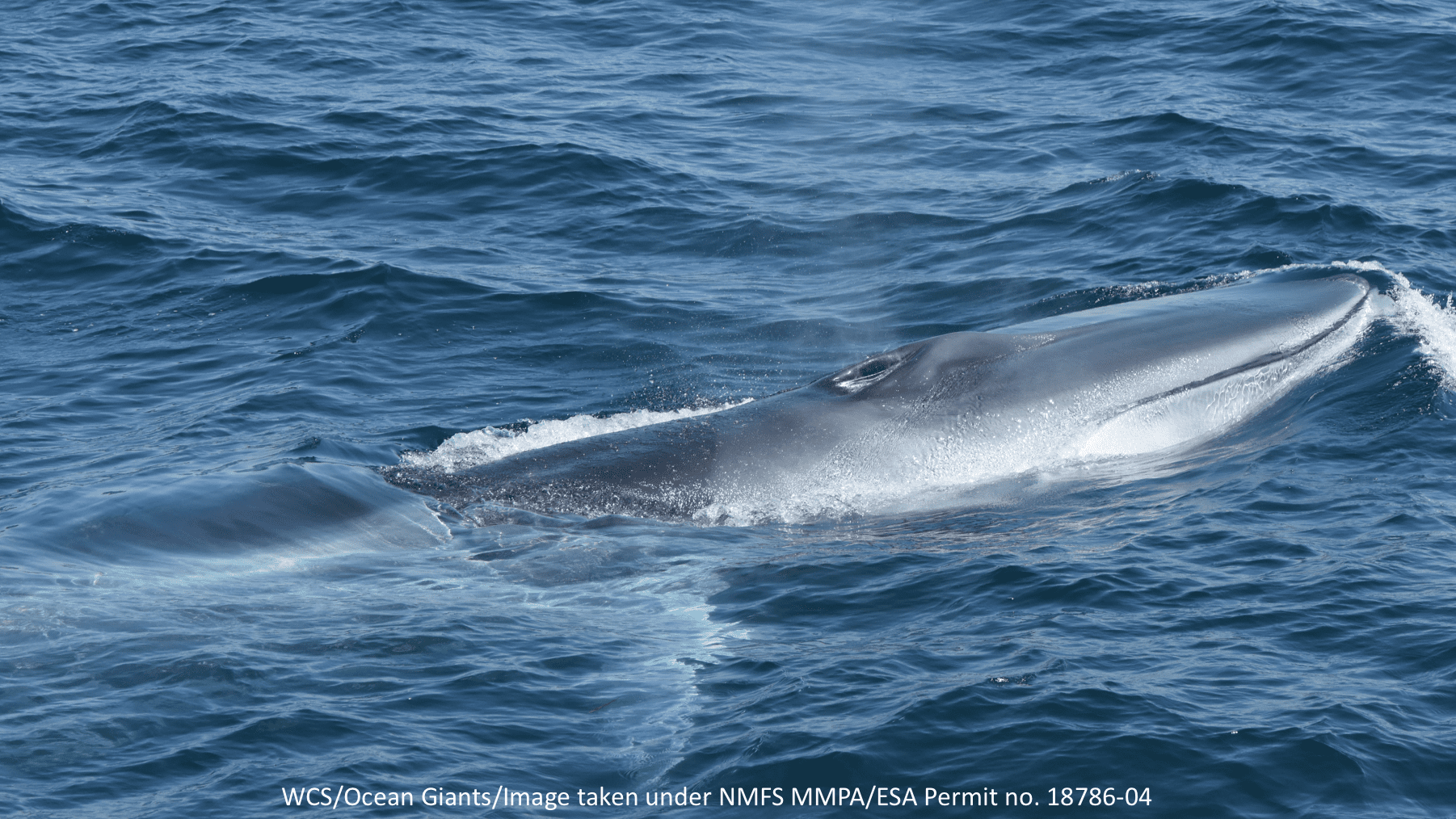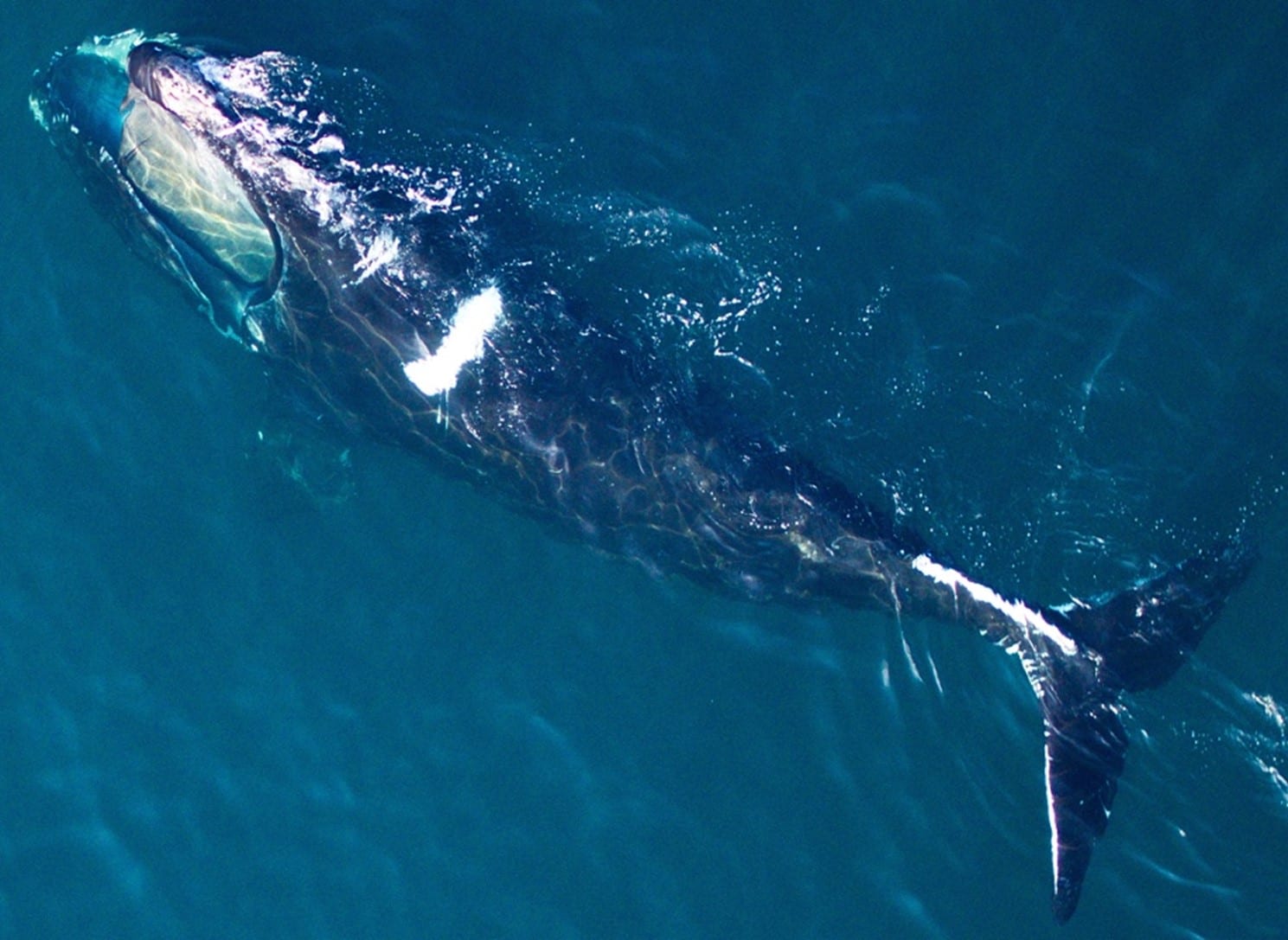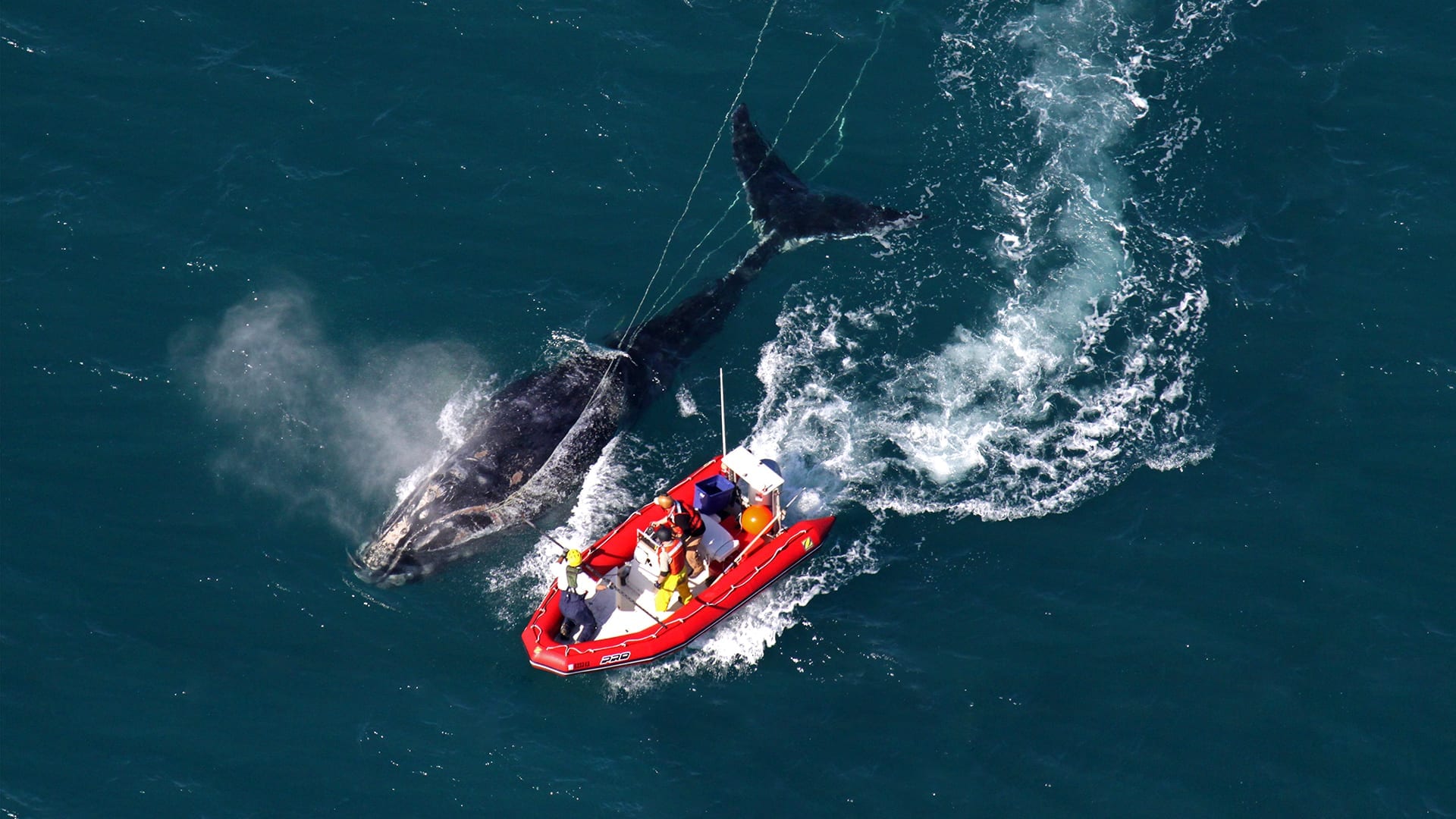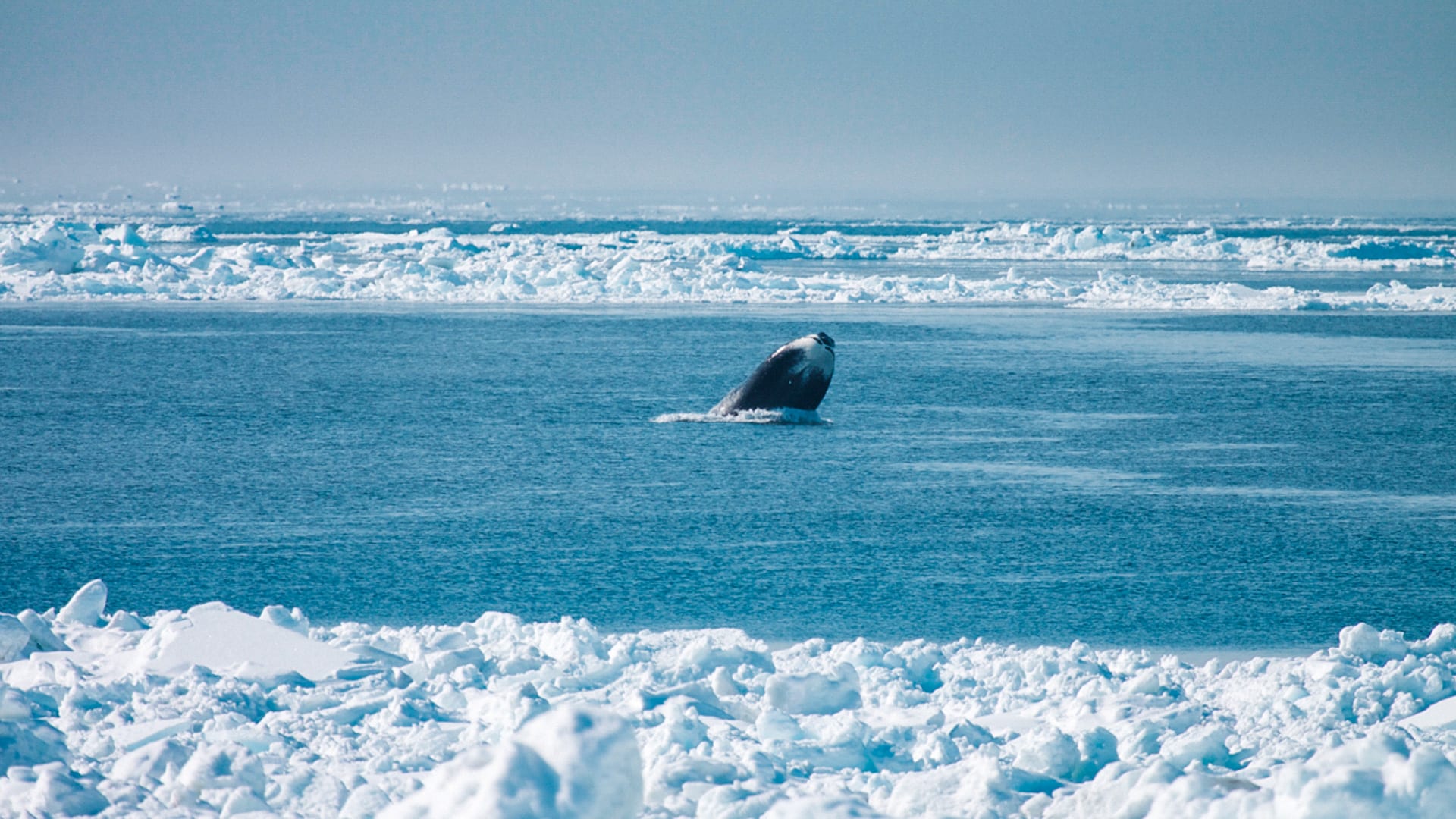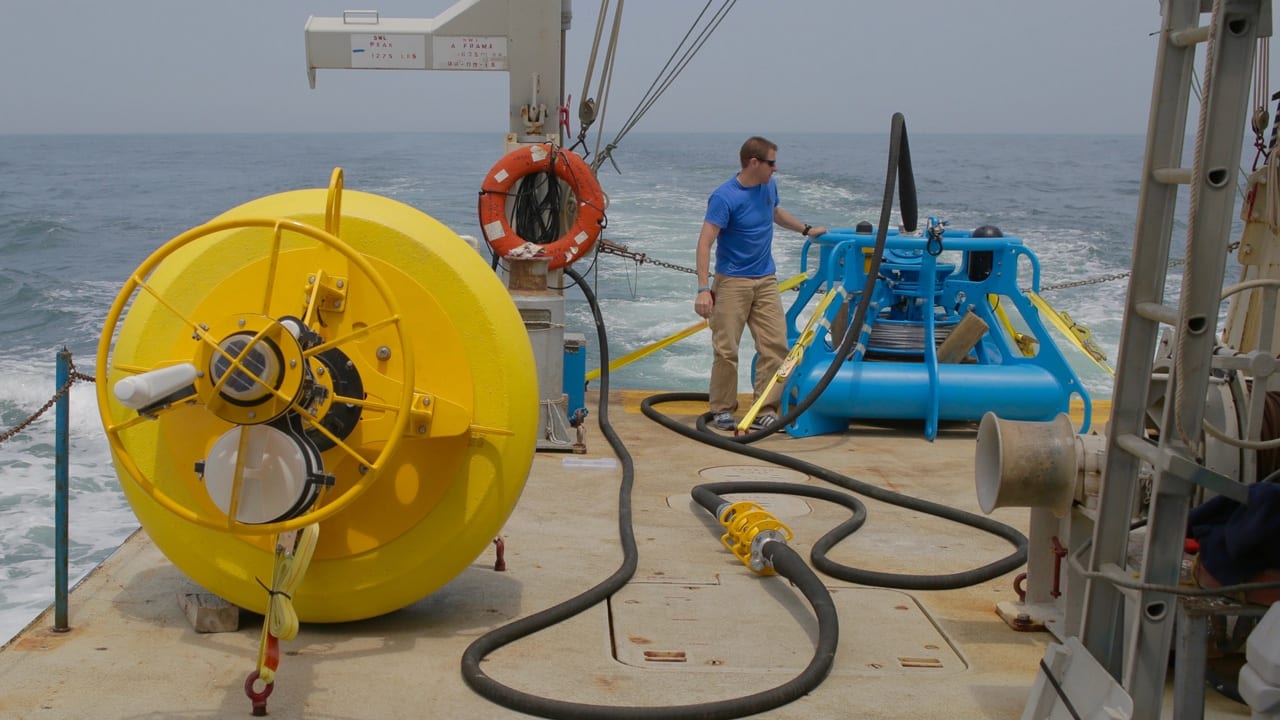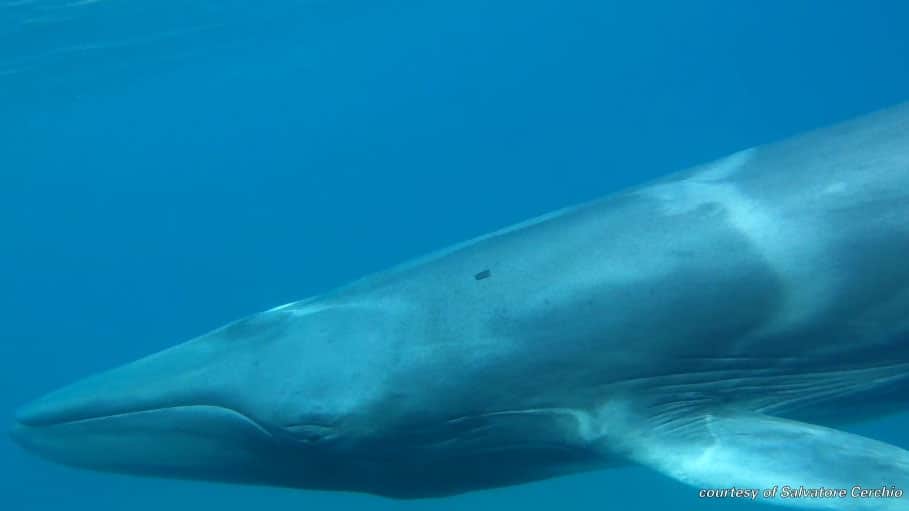News Releases
Smaller female North Atlantic right whales, fewer calves
The declining body size of North Atlantic right whales may have critical consequences for the future of the species. New research, co-authored by Woods Hole Oceanographic Institution’s senior scientist Michael Moore, shows that smaller females produce fewer calves.
Read MoreNorth Atlantic right whales are in much poorer condition than their Southern counterparts
New research by an international team of scientists reveals that endangered North Atlantic right whales are in much poorer body condition than their counterparts in the southern hemisphere.
Read MoreSeaWorld & Busch Gardens conservation fund commits $900,000 to protect critically endangered North Atlantic right whales
The funding provided by the SeaWorld Conservation Fund will be primarily used to test alternative non-lethal fishing gear. Whales and sea turtles commonly entangle in ropes that connect crab or lobster traps on the sea floor to buoys on the sea surface.
Read MoreNew Report Explores Threats, Solutions Impacting Right Whales
The North Atlantic right whale is a critically endangered whale species that is protected under the U.S. Endangered Species Act, the Marine Mammal Protection Act, and Canadaâs Species at Risk Act. These animals, of which there are only 411 remaining, are often found within 50 miles of the East Coast of North America, making them vulnerable to human activities.
Read MoreSix Right Whales Die In Canadian Waters In Less Than Three Weeks
Over the past three weeks, six critically endangered North Atlantic right whales have died in Canadian waters. With only about 500 of these massive plankton feeders still alive, these deaths…
Read MorePrey-tell: Why Right Whales Linger in the Gulf of Maine
WHOIÃÂs Mark Baumgartner finds that the location, the length of stay, and perhaps the very abundance of the whales may be dependent on an interesting vertical migration pattern by the copepods on which the whales feed. It seems to be a case, he said, of ÃÂhow the behavior of the prey influences the behavior of the whales.ÃÂ
Read MoreStudy to Assess Risk Factors of Vessel Collisions with Endangered Northern Right Whales
Scientists and engineers at the Woods Hole Oceanographic Institution (WHOI) and their colleagues will use a new digital recording tag to study and assess the risk factors of vessel collisions with the endangered Northern right whale. Less than 300 of the whales remain.
Read MoreGroundbreaking research sheds light on how whales and dolphins use sound
Differences in brain structure between echolocating and non-echolocating marine mammals offers insight into auditory processing
Read MoreNew Research Reveals: The New York Bight Is an Important Year-Round Habitat for Endangered Fin Whales
Researchers aim to use their science to help inform best practices and strategies to better protect fin whales in waters off NY and NJ Woods Hole, Mass. – The New…
Read MoreWHOI and NOAA Fisheries Release New North Atlantic Right Whale Health Assessment Review
North Atlantic right whales are critically endangered and declining. Climate change, vessel strikes, entanglements and noise engender poor health and reproductive failure, and are major threats to individuals and the species. Trauma reduction measures and applying new tools to assess and enhance their health, are critically important.
Read MoreFishing less could be a win for both lobstermen and endangered whales
A new study found that New England’s historic lobster fishery may turn a higher profit by operating with less gear in the water and a shorter season, which could also benefit endangered North Atlantic right whales.
Read MoreWhales may owe their efficient digestion to millions of tiny microbes
A study by researchers at Woods Hole Oceanographic Institution (WHOI) shows that the microbial communities inside whales may play an important role in the digestion of one of the ocean’s most abundant carbon-rich lipids, known as a wax ester.
Read MoreResearchers use drones to weigh whales
Researchers devised a way to accurately estimate the weight of free-living whales using only aerial images taken by drones.
Read MoreScientists Now Listening for Whales in New York Waters With Real-time Acoustic Buoy
Scientists working for WCS’s (Wildlife Conservation Society) New York Aquarium and the Woods Hole Oceanographic Institution (WHOI) now have an “ear” for the New York region’s biggest “voices and singers”‘ the whales of New York Bight.
Read MoreNew Study Provides First Field Observations of Rare Omura’s Whales
In a paper published October 14, 2015, in the Royal Society Open Science journal, the researchers describe the whales’ foraging and vocal behaviors, and habitat preferences in the shallow waters of coastal Madagascar.
Read MoreStudy reveals how fishing gear can cause slow death of whales
Using a “patient monitoring” device attached to a whale entangled in fishing gear, scientists showed for the first time how fishing lines changed a whale’s diving and swimming behavior. The…
Read MoreScientists Use Marine Robots to Detect Endangered Whales
Two robots equipped with instruments designed to “listen” for the calls of baleen whales detected nine endangered North Atlantic right whales in the Gulf of Maine last month. The robots…
Read MoreRight whale sedation enables disentanglement effort
On Friday, March 6, 2009, for the first time ever, a North Atlantic right whale that had been severely entangled in fishing gear, was administered a sedation mixture that made…
Read MoreNew Whale Detection Buoys Will Help Ships Take the Right Way through Marine Habitat
Researchers from the Woods Hole Oceanographic Institution (WHOI) and the Cornell Lab of Ornithology have teamed up with an international energy company and federal regulators to listen for and help protect endangered North Atlantic right whales in New England waters.
Read MoreMonitoring Baleen Whales with Autonomous Underwater Vehicles
Like robots of the deep, autonomous underwater vehicles, or AUVs, are growing in number and use in the oceans to perform scientific missions ranging from monitoring climate change to mapping…
Read MoreEndangered North Atlantic Right Whale Study Says Population in Crisis
Ship strikes and entanglement in fishing gear are threatening the survival of the North Atlantic right whale, one of the most endangered whales with an estimated population of about 350. …
Read MoreEndangered North Atlantic Right Whale Study Shows Sharp Decline in Mothers
Scientists from the Woods Hole Oceanographic Institution (WHOI) report in today’s issue of the journal Nature that the population growth rate of North Atlantic Right whales has declined below replacement level because of increased mortality rates of mothers. The population numbers only about 300 and is predicted to become extinct within 200 years if the environmental conditions experienced by the whales in 1995 were maintained.
Read MoreNew Model Suggests Northern Right Whale Population on Path to Extinction
The North Atlantic northern right whale, considered to be the most endangered large whale species, is headed for extinction unless human intervention improves survival, according to a new study by researchers at Woods Hole Oceanographic Institution (WHOI) and the University of Massachusetts, Boston (UMASS Boston). Their report, the first to obtain rigorous statistical estimates of survival probability of this population, was published today in the “Proceedings of the National Academy of Sciences.”
Read MoreWHOI collaborates with CMA CGM to increase protections for marine mammals
A collaboration between Woods Hole Oceanographic Institution (WHOI) and the CMA CGM Group, a world leader in shipping and logistics, aims to increase whale detection efforts along the U.S East Coast, particularly for North Atlantic right whales, and reduce the potential for ship strikes along critical shipping routes.
Read More
